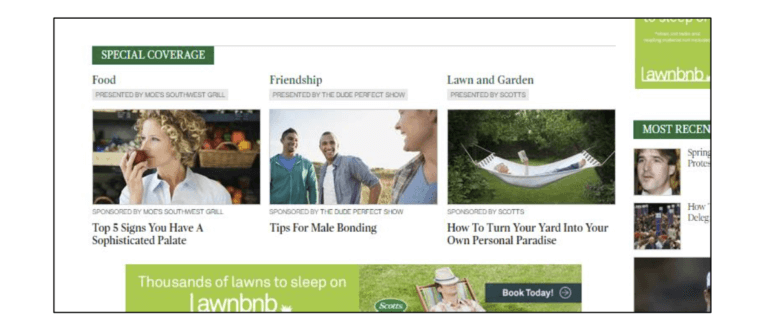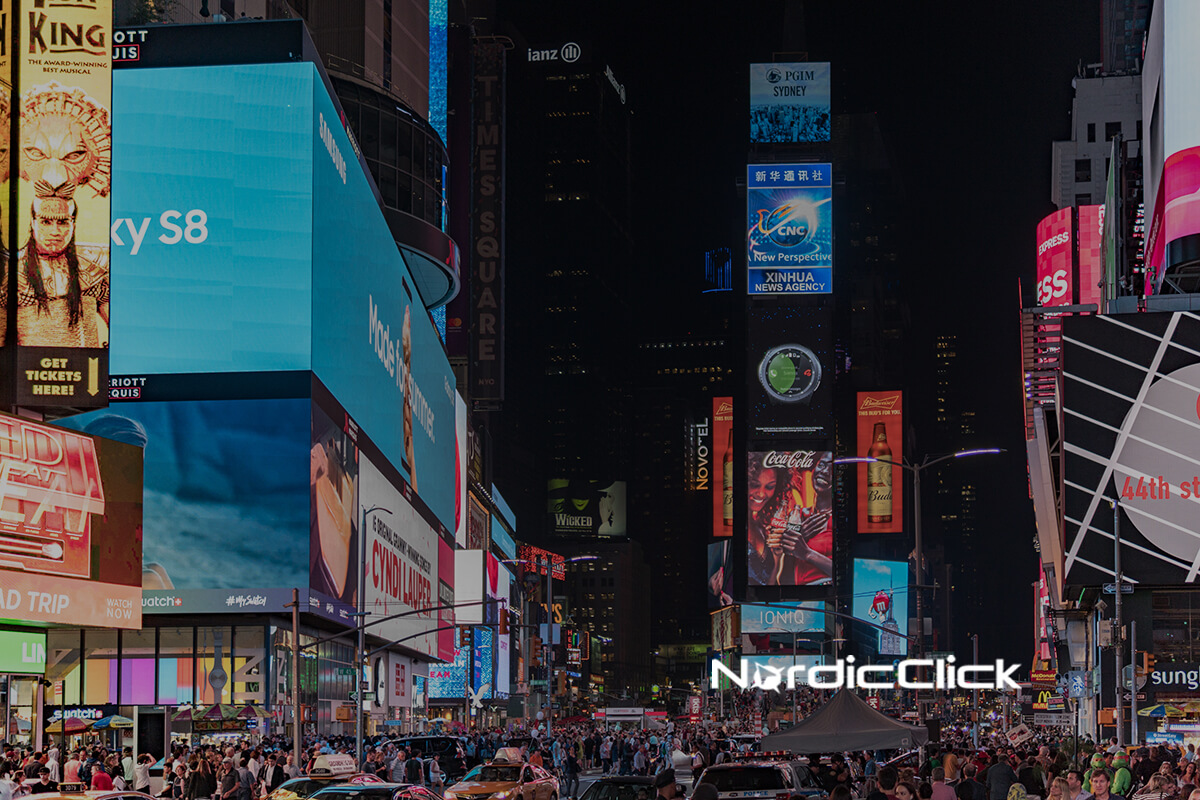In the internet era of fake news and clickbait content, consumers are becoming increasingly cautious about what they click on and where they invest their time. Native advertising can be the worst culprit. For example, you’ve just finished reading the news and you are bombarded by spammy links at the end of the article touting the latest celebrity breakups. Although this may drive revenue for advertisers, this type of content hurts a brand’s credibility. As a content marketer, it’s important as ever to create value-driven content. Native advertising doesn’t have to be spammy. With the right tools, you can create content that is clickable while still providing value to the consumer. Below are five ways to optimize your native ads using sponsored editorials.
Images
With an average attention span of 8 seconds, you don’t have long to capture your consumer’s attention as they surf the web. That’s why it’s important to choose an image that’s not only relevant to your end user but also clearly demonstrates your product or message. Outbrain, an advertising publisher, compiled a fantastic infographic on image best practices that you can find here.
Don’t have time to read an infographic? Want the bit size portion instead? You got it. Here’s what you should ask yourself when choosing an image.
- Does the image clearly demonstrate my product or message?
- Is the image clutter free and easily identifiable in a small format?
- Does the image match my target audience?
Lifestyle images are recommended over brand images or clipart. The recommended size varies by publisher (Outbrain recommends 1200 x 800 pixels), but the standard format is rectangular.

An example of native ads shown in a content recommendation widget by Marketingland.com.
Headlines
You’ve seen it. The dreaded click bait on Facebook where the title is both vague and incomplete. The publisher wrote the headline for the sole purpose of the click. Many of these articles don’t hold any value to the end user. When writing your headline, don’t forget about your audience. It sounds simple, but we often get caught up in the brand or the product we are selling that we lose focus on what the audience truly wants. It’s this value proposition that makes your headline stand out for the right reasons.
When crafting your message, keep these headline best practices in mind. You can find the expanded list on Outbrain’s infographic. (Trust me – it’s chock-full of great tips.)
- List formats with odd numbers
- Include your target audience and/or location
- Avoid negative keywords
- Use questions or imperative tense
Test, Test, Test
Images? Check. Content? Check. What’s next? When creating your first native advertising campaign, it’s important to A/B test. Testing variations can help you determine what content resonates best with your audience. Outbrain has a handy content variations tool that will mix and match your images and headlines for you. With this data, you can make data-driven decisions on where to allocate your budget based on content performance. As you evaluate, CTR shouldn’t be your only measurement of success. Make sure to include UTM tracking at the campaign level to measure what the user does after clicking on your ad.
Placement Exclusions
Unfortunately, Outbrain and Taboola (another native advertising publisher) do not have exclusion categories like the Google AdWords display network. Instead, you need to manually exclude placements that are not relevant to your campaign. Don’t wait to take a deep dive into exactly where your native ad is showing up. Taboola recommends waiting one to two weeks until your campaign is completely optimized before blocking a traffic source. I disagree. In two weeks, you can waste a lot of budget on irrelevant placements.
Targeting
Both Outbrain and Taboola have campaign targeting to help you reach your most relevant audience while keeping within your allotted budget. Before you go all gung-ho on the targeting, I recommend allowing one to two weeks to gather initial insights on user behavior. You may discover key insights that would impact your targeting choices, such as many of your users are on desktop and your highest CTR is on the weekends.
I do have one word of caution regarding mobile… Although device usage depends on your industry/demographic, you may find your budget eaten up by mobile clicks. If spend is limited, create a separate mobile-only campaign with a conservative daily budget to control spend. You may find that desktop has better engagement than mobile.
Here’s a snapshot of the tools available on these native ad publishing platforms:
- Ad scheduling
- Daily, monthly, total budget
- Ad delivery – choose between balanced, accelerated, strict (Taboola only)
- Device targeting – mobile, tablet and desktop
- GEO targeting by country, state, or DMA (Designated Market Area)
With these tips, you can create valuable content that is not only compelling for your target audience but also worthy of a click.
Trying to drive awareness with display? Check out our Display Advertising capabilities to see how we can help.

